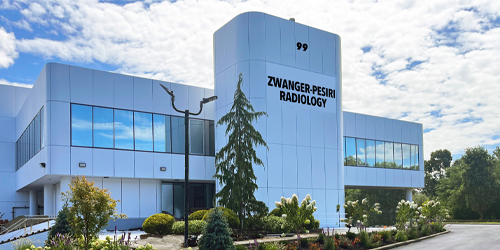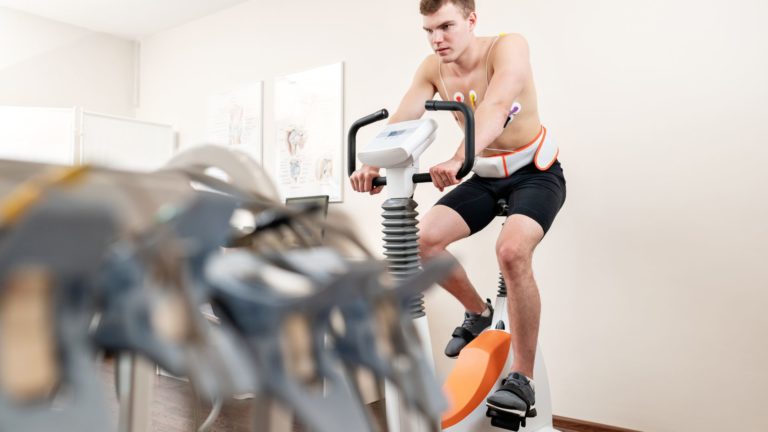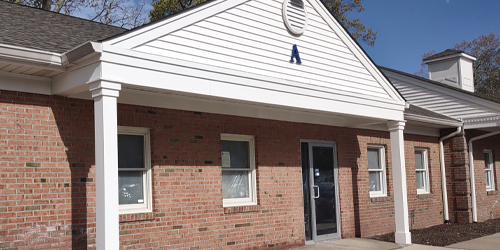Breast Biopsy
Breast Biopsy at ZP
A breast biopsy is a diagnostic procedure in which a sample of living tissue is removed with a tiny needle to be examined by a pathologist, a doctor specially trained in tissue identification. The sample of tissue is usually examined under a microscope to determine if it is healthy or if it shows any kind of disease or abnormality.
In many cases, the use of medical imaging such as MRI, mammography, or ultrasound is used to guide the doctor in performing the biopsy to help pinpoint the tissue, organ, or bone under observation.
We provide a full range of needle aspirations and core needle biopsy techniques. Guided by the latest mammography (stereotactic), ultrasound, and MRI technology, patients receive the highest level of comfort and precision during their exam.
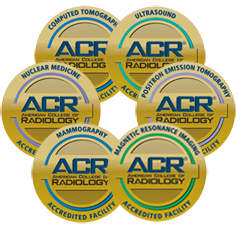
Why Breast Biopsies Are Done
Lumps or abnormalities in the breast are often detected by physical examination, mammography, or other imaging studies. However, it is not always possible to tell from these imaging tests whether a growth is benign or cancerous.
A breast biopsy is performed to remove some cells from a suspicious area in the breast and examine them under a microscope to determine a diagnosis. Image-guided needle biopsy is not designed to remove the entire lesion, but to obtain a small sample of the abnormality for further analysis.

Try Not to Panic or Worry
Although a biopsy can be scary, most breast biopsies in the U.S. don’t show cancer, but it is still necessary to show whether or not something is cancer. If breast cancer is found, it can be treated. With standard treatment, most people with breast cancer found early have a higher chance of survival.

What to Expect During the Test
Fine Needle Aspiration Biopsy
A fine needle aspiration biopsy is the simplest biopsy. It uses an extremely thin needle – thinner than the ones used for blood tests. Because the needle is so fine, this procedure is relatively painless. The physician inserts the needle into the lump and draws out fluid or a tissue sample. If clear fluid comes out, the lump is more likely to be a benign cyst rather than cancer. A pathologist will examine the fluid or tissue sample under a microscope to determine if cancer is present.
Core Needle Biopsy
A core needle biopsy uses a somewhat larger, hollow needle to remove tiny cylinders (cores) of tissue from the suspicious area. Core needle biopsies usually require a local anesthetic for your comfort. The needle is inserted a few times to obtain samples. While this procedure takes longer than a fine needle aspiration biopsy, it is more likely to give a definitive result because more samples of tissue were checked.
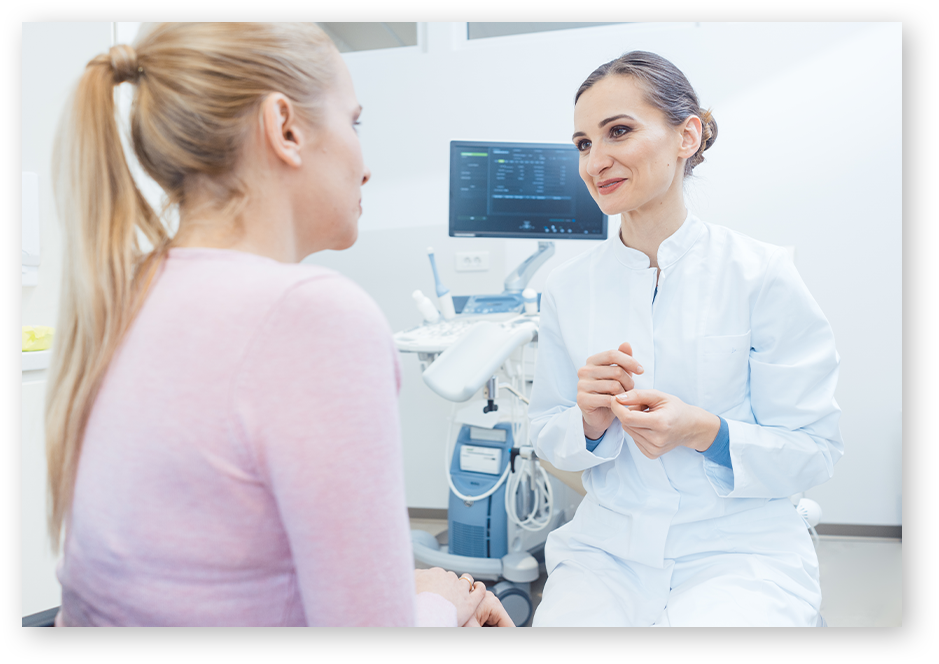
How to Prepare For Your Breast Biopsy
- Do not take aspirin, ibuprofen, Advil, Motrin, or Aleve for one week prior to your appointment
- If you take Coumadin, Plavix, or any other blood thinners, you must get approval from your doctor to stop the medication one week prior to your biopsy.
- Avoid fish oil and high doses of vitamins (except for prenatal vitamins).
- On the day of the appointment, do not apply deodorant, perfume, cream, powder, or lotion on the breast or underarm areas.
- If possible, wear a full cup support bra or sports bra for after your exam and either a zipper or button-down top.
Food Donation to Pronto of Long Island
Zwanger-Pesiri Radiology, Long Island’s leading provider of diagnostic imaging services, is proud to announce the…
ZP Hauppauge Grand Opening
Zwanger-Pesiri Radiology is proud to announce the grand opening of our newest state-of-the-art location in…
Best of Long Island 2025
Zwanger-Pesiri Radiology is deeply honored and grateful to the Long Island community for voting us…
What Is a Cardiac Stress Test?
Cardiovascular health is incredibly important for all of us — and sometimes, a cardiac stress…
Wading River Office Now Open
We are thrilled to announce that Zwanger-Pesiri Radiology is expanding its presence with a brand-new…
Why Breast Biopsies Are Done
Your Mammogram Shows A
Suspicious Area In Your Breast
An Area of Abnormal
Tissue Change
A Distortion in the Structure
of the Breast Tissue
Biopsy Patient Testimonials
I had mammograms at your office (Plainview) in November and December, and was diagnosed with DCIS (ductal carcinoma in situ). My surgeon at North Shore University Hospital was extremely impressed by the work performed by Dr. Kremer.
She indicated that due to the very small size, this was a tumor that could have been missed. She said I was lucky to have received such thorough and exacting work on behalf of Dr. Kremer. Undiagnosed, it would have continued to grow and probably not have been found for another year.
I deeply appreciate the early diagnosis and professionalism of Dr. Kremer. I was lucky to be the benefactor of his expert work.
Most sincerely, LSC
I tender this letter today to recognize a particular member of your staff whose diligence and aggressiveness made the paramount difference in discerning a suspicious area on my mammogram in September. Dr. Syma Baran invested the vital time in reviewing all the evidence at hand, to pick up on an area of concern at a remarkably early stage.
In today’s world of medicine, where the tug-of-war ensues between insurance companies and doctors, it translates to a scenario of quantity over quality. Thank heaven Dr. Baran abides by her conscience and the Hippocratic Oath to treat each patient as she would like her own family to be treated. Clearly, a rare and commendable trait. She is a credit to your practice, the medical field, and the human race. I can only hope the bureaucracy never compromises her principles.
On a personal basis, this early detection could have been the difference between life and death from this disease. I implore the medical and insurance communities to make an investment in the valuable asset of time allotment and less dallying in the tedium of bureaucratic red tape. The future of the human race depends on it.
Sincerely, CZ


